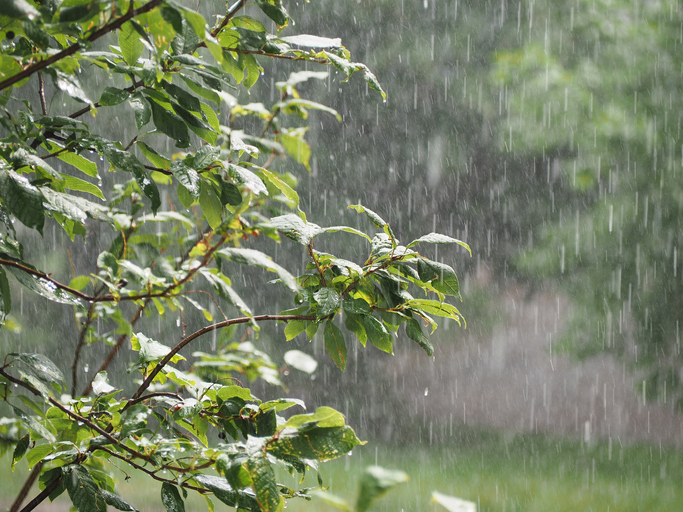The months of spring are a great time to get back into the yard and do the tasks you’ve had to put off for the winter. For your lawn, this might mean adding nutrients, checking on the irrigation system or even your first lawn mowing of the season. Here are some tips and advice for maintaining your lawn this spring.
1. Rake and remove debris
All year long you should aim to keep your lawn free of heavy objects, like tree branches or furniture, as well as thick layers of leaves and debris. Objects like these can suffocate the blades and block needed sunlight. In the spring you may not have many leaves on the lawn but occasional springtime wind storms can knock down surrounding branches.
2. Watering
For cool season grasses, spring can often bring wet, rainy weather so there is usually no need to water the blades. Warm season grasses are just starting to “wake up” from their winter dormancy but may not necessarily need lots of water. Be on the look out for curled blades which can indicate the need for water. Regardless of your climate, spring is a good time of year to have your irrigation specialist turn on and test your system to make sure the heads are pointing in the right direction and that your system isn’t wasting water.
3. Aerate and overseed
Warm season grasses start their active growing period in the summer, so aerate this grass in the late spring or early summer months. After the lawn is aerated, overseed any bare spots and apply fertilizer. Cool season grasses are usually aerated in the fall months, not the spring. Both types of grasses can actually be laid down as sod in the spring, which is a faster way to add lots of new grass at once.
4. Fertilize and feed
Warm season grasses can benefit from a springtime fertilization. Cool season grasses can also get a dose of nutrition this time of year but some experts feel that fall is the best time of year for a feeding. Regardless of the type of grass you have, testing the soil can help you understand what nutrients are missing. Read more about lawn fertilization here.
5. Mow and edge
Both types of grasses can benefit from regular mowing at this time. Be sure you follow the 1/3 rule: never remove more than 1/3 of the grass blade height.
6. Weed and pest control
A healthy lawn won’t allow room for weeds, so regular maintenance should crowd out unwanted plants. But keep your eye on early and errant weeds that may need to be pulled; spot treat if necessary. Pests like grubs tend to make their appearance in the summer months.
Common types of grass lawns
While there are many varieties of turf or lawn grass, there are generally two types of lawns for the yard: warm season grass and cool season grass. Which type you have is usually dependent upon where you live.
Warm Season Grasses: Bermudagrass, Zoysiagrass, Buffalograss, and Bahia are all warm season grasses. This grass type is most often found in warmer climates like the south, and has a peak growing season from spring to fall; it can turn brown during the winter months but thrives in the hot heat of the summer.
Cool Season Grasses: bluegrasses, fescues and ryegrasses are all cool season grasses. This grass type grows well in regions with cold winters and warm summers, and can stay green nearly all year long. In periods of drought, these grasses need to be watered or else they will enter a dormant period and turn brown.
Related articles:




